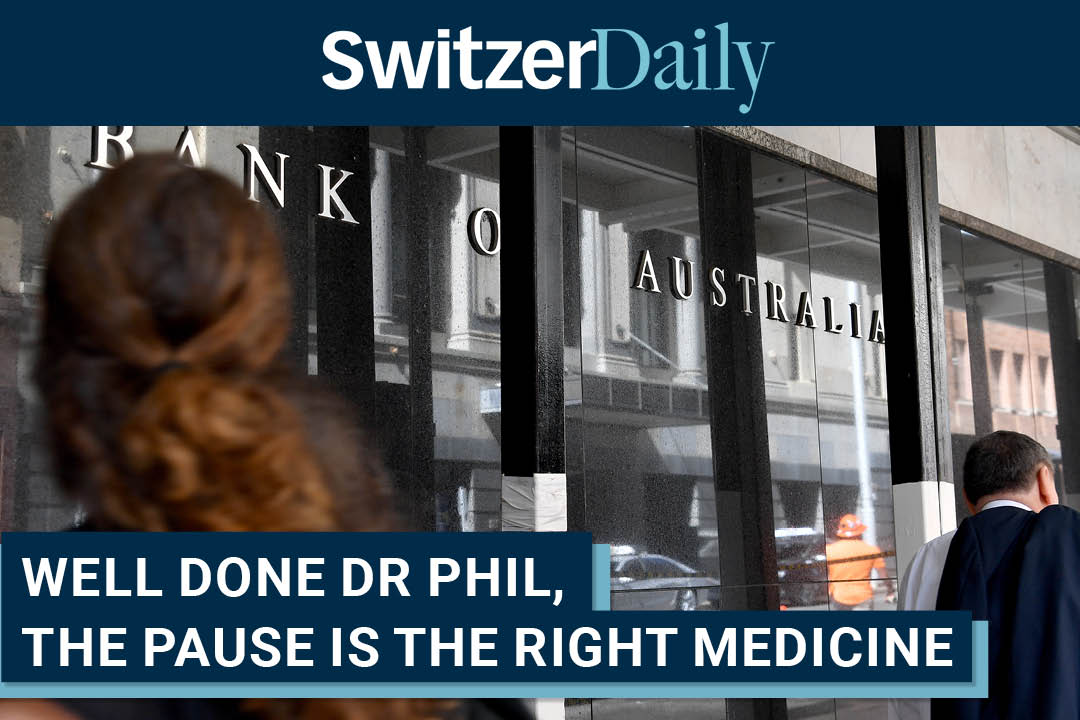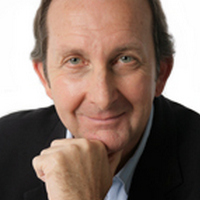

Dr Phil Lowe and his RBA board saw the light and took the punt to keep interest rates on hold, with the cash rate of interest perched at 3.6% after 10 rises since May last year. They have made the right decision, even if they need to give it one or two more school tries in the future, though I doubt it’ll come to that.
I’ve never seen a more aggressive interest rate rising policy so we’re in unchartered waters, but I’ve never seen a global pandemic with a worldwide lockdown sending official interest rates to just above zero. I’ve never seen a crash of a stock market to be so short with a bounce-back of share prices like never before.
I’ve seen cost push inflation like this previously and it came when OPEC’s oil prices sent inflation soaring in the 1970s, which rolled high inflation levels into the 1980s. That decade also brought financial market deregulation and central banks were too slow to act on rising inflation. It saw home loan interest rates hit 17%.
This is why central banks today have played it tough on interest rates, and it will keep the RBA on a close watching brief on our economic data, so Dr Phil can be sure that this pause, and, possibly, the end of rate rises, represent the right medicine to deliver sustainable low inflation and a healthy, albeit slower economy.
I’ve said before that the good doctor doesn’t need a recession on his CV, but he has to have a win on inflation, especially when he has disappointed many home loan borrowers, who thought his “no rate rises until 2024” call was a set-in concrete promise. Trained economists didn’t see it this way but normal people saw his speculation on interest rates as a believable prediction from the man in charge of rates.
They were wrong. So, let’s see the strong arguments for a pause now. Try these worrying indicators:
I could go on showing how house prices have fallen by 9% nationally, with Sydney off 13%, but there is one inflation problem that bobbed up this week and that’s a 6% rise in the oil price with OPEC+ cutting back production.
This might keep rate rises on the RBA’s radar but I can’t get over the potential big wack that mortgage cliff is going to have in coming months and over the rest of 2023. The only good news for stock market investors is that as the year goes on and the economy slows and recession talk escalates, it will move us closer to the first interest rate cut, which the stock market will like. Stock players don’t wait for important changes like rate cuts and invariably move six months ahead of such profit-affecting events.